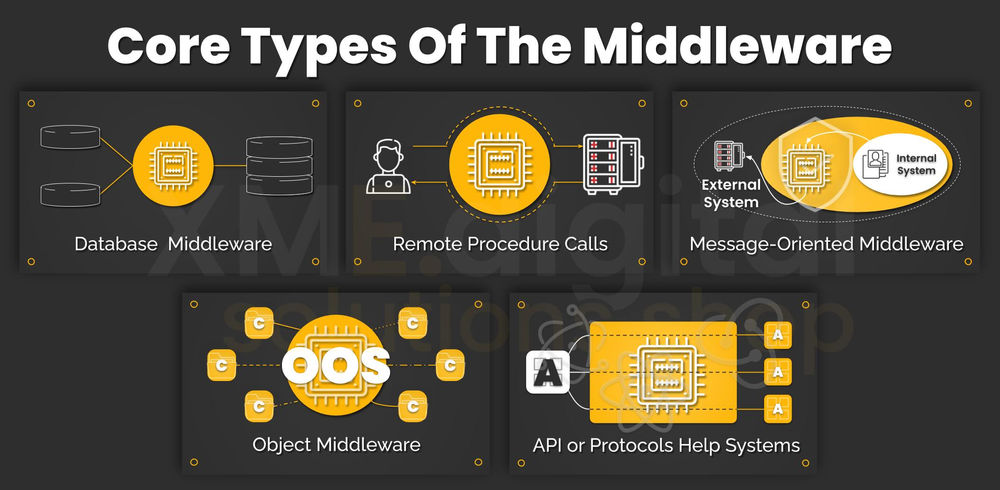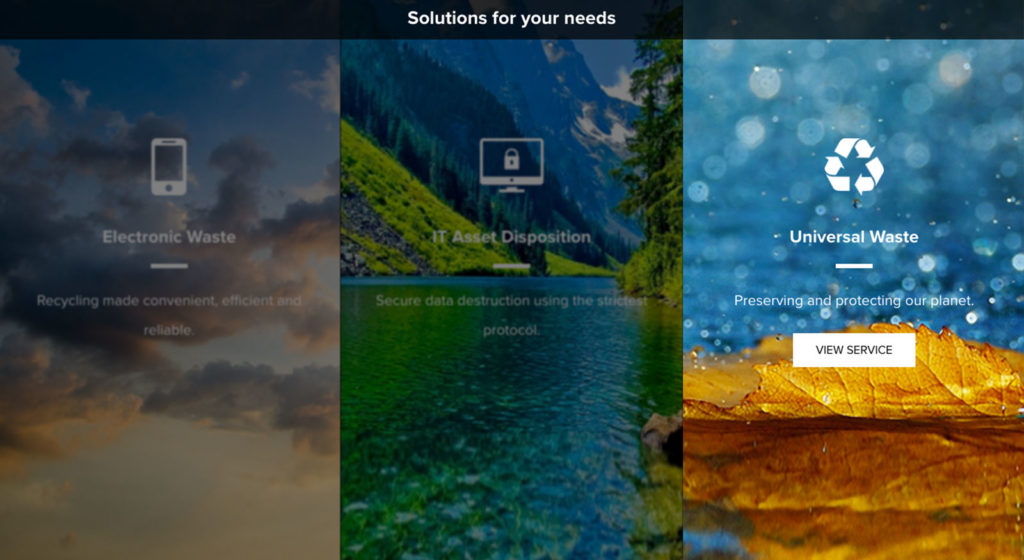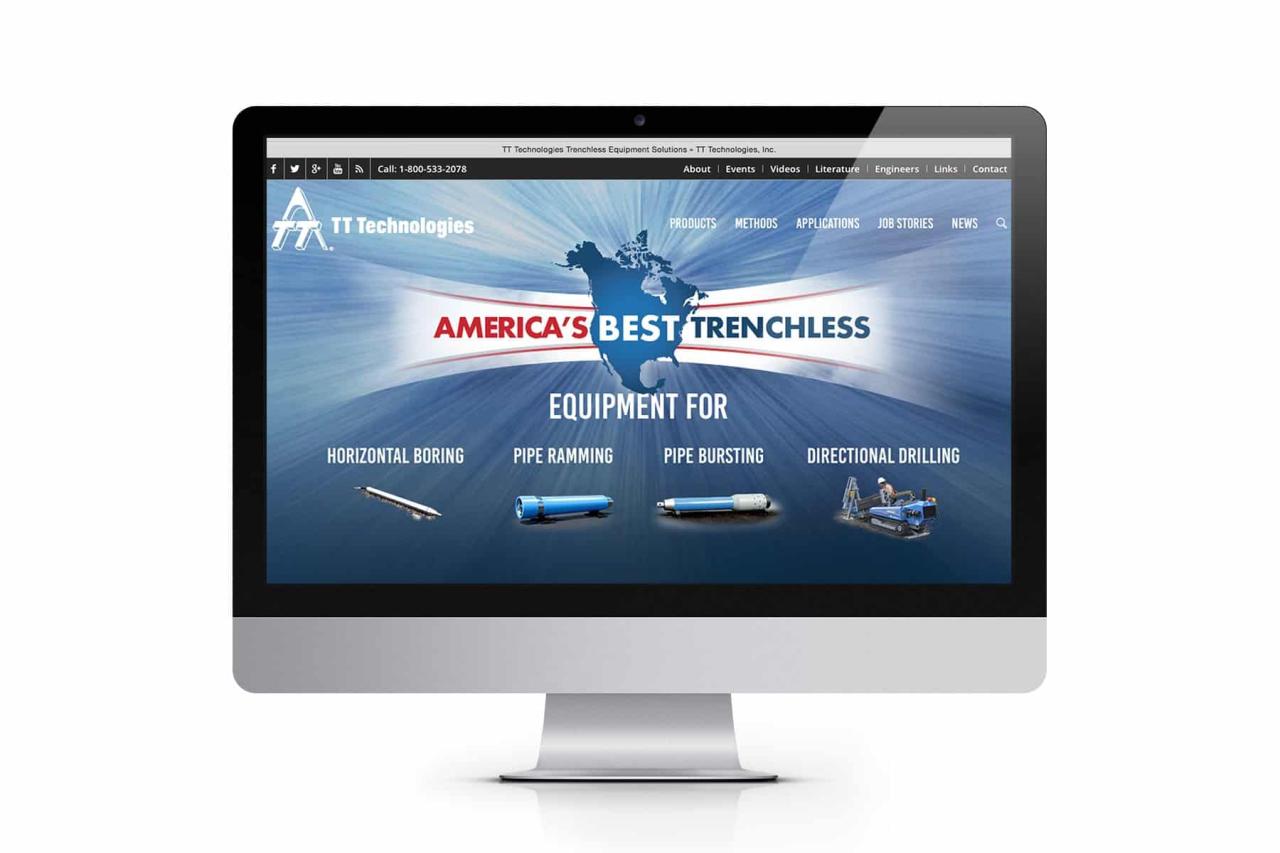Tested Technology: Ensuring Software Quality
Tested technology is the backbone of reliable and secure software solutions. It’s a crucial process that involves rigorously evaluating software functionalities, performance, security, and user experience to ensure it meets […]

Tested technology is the backbone of reliable and secure software solutions. It’s a crucial process that involves rigorously evaluating software functionalities, performance, security, and user experience to ensure it meets the highest standards.
This comprehensive guide delves into the world of technology testing, exploring its various types, methodologies, tools, and best practices. We’ll uncover the importance of testing in building robust software systems and discuss emerging trends shaping the future of this critical field.
Testing Methodologies
Testing methodologies provide structured frameworks for conducting software testing. Each methodology offers unique advantages and disadvantages, making it crucial to select the most suitable approach based on project requirements and goals.
Agile Testing
Agile testing is a software testing approach that aligns with the principles of Agile software development. It emphasizes continuous testing throughout the development lifecycle, fostering collaboration between developers and testers.
- Advantages:
- Early detection of defects
- Increased flexibility and adaptability to changing requirements
- Improved communication and collaboration
- Faster feedback loops
- Disadvantages:
- Potential for incomplete or insufficient documentation
- Requires highly skilled and experienced testers
- May not be suitable for complex projects with rigid requirements
Waterfall Testing
Waterfall testing is a traditional software testing methodology that follows a sequential, linear approach. It involves distinct phases for requirements gathering, design, development, testing, and deployment.
- Advantages:
- Structured and well-documented process
- Suitable for projects with clearly defined requirements
- Easy to manage and track progress
- Disadvantages:
- Less flexible and adaptable to changes
- Longer development cycles
- Limited opportunities for early feedback
DevOps Testing
DevOps testing emphasizes automation and continuous integration, integrating testing into the development pipeline. It promotes collaboration between development and operations teams, ensuring faster delivery of high-quality software.
- Advantages:
- Faster release cycles
- Improved software quality
- Reduced risk of deployment failures
- Enhanced collaboration and communication
- Disadvantages:
- Requires significant investment in automation tools and infrastructure
- May require specialized skills and expertise
- Can be challenging to implement in legacy systems
Comparison of Testing Methodologies
| Methodology | Key Characteristics | Suitability |
|---|---|---|
| Agile Testing | Iterative, incremental, continuous testing, collaboration | Projects with evolving requirements, rapid development cycles, high flexibility |
| Waterfall Testing | Sequential, linear, well-defined phases, detailed documentation | Projects with clearly defined requirements, stable environments, predictable timelines |
| DevOps Testing | Automation, continuous integration, collaboration between development and operations | Projects with frequent releases, high automation, emphasis on continuous improvement |
Testing Tools and Frameworks

Testing tools and frameworks are indispensable for ensuring the quality and functionality of software applications. These tools provide a range of features and functionalities that streamline the testing process, enabling testers to automate tasks, analyze results, and ultimately deliver robust and reliable software.
Popular Testing Tools and Frameworks
The testing landscape offers a diverse range of tools and frameworks catering to different testing needs and project requirements. Some of the most widely used and recognized tools include:
- Selenium
- JMeter
- Appium
These tools are renowned for their capabilities in automating various types of testing, from functional and regression testing to performance and mobile testing.
Selenium
Selenium is an open-source, widely used automation framework for web application testing. It supports various programming languages, including Java, Python, C#, and JavaScript, making it adaptable to different development environments. Selenium’s core functionalities include:
- Browser automation: Selenium can control multiple browsers, including Chrome, Firefox, Safari, and Internet Explorer, enabling cross-browser testing.
- Test script creation: It allows testers to write automated test scripts using various programming languages, providing flexibility and customization.
- Test execution: Selenium can execute test scripts across different browsers and platforms, ensuring consistent test coverage.
- Test reporting: It generates detailed reports, including screenshots and logs, providing valuable insights into test execution and failures.
Selenium’s strengths lie in its versatility, open-source nature, and extensive community support. However, it requires technical expertise in programming and scripting for effective utilization.
JMeter
JMeter is another open-source tool primarily used for performance testing of web applications. It simulates a high load on applications, helping to identify bottlenecks and performance issues. JMeter’s key features include:
- Load generation: JMeter can generate high volumes of requests to simulate real-world user traffic.
- Performance analysis: It captures performance metrics such as response times, throughput, and error rates, providing insights into application performance.
- Reporting and visualization: JMeter generates detailed reports and graphs, allowing testers to visualize performance trends and identify areas for improvement.
- Scenario creation: It allows testers to create complex test scenarios, including multiple users, different request types, and varying load patterns.
JMeter’s strengths lie in its ability to handle high loads, its detailed performance analysis capabilities, and its open-source nature. However, it requires technical expertise for setting up and configuring test scenarios.
Appium
Appium is an open-source framework designed for automating mobile application testing. It allows testers to write test scripts in various programming languages and execute them across different mobile platforms, including iOS and Android. Appium’s key features include:
- Cross-platform testing: Appium supports both iOS and Android platforms, allowing testers to write tests once and run them across different devices.
- Native, hybrid, and web app testing: Appium can test native, hybrid, and web applications running on mobile devices.
- Test script creation: It supports various programming languages, including Java, Python, Ruby, and JavaScript, providing flexibility and compatibility with existing frameworks.
- Test execution and reporting: Appium can execute test scripts on real devices, emulators, or simulators, generating detailed reports on test execution and results.
Appium’s strengths lie in its cross-platform compatibility, support for different app types, and its open-source nature. However, it requires technical expertise in mobile development and testing for effective utilization.
Testing Tools and Frameworks Comparison
| Tool | Testing Type | Functionalities | Suitability |
|---|---|---|---|
| Selenium | Web Application Testing | Browser automation, test script creation, test execution, test reporting | Suitable for functional, regression, and cross-browser testing of web applications |
| JMeter | Performance Testing | Load generation, performance analysis, reporting and visualization, scenario creation | Suitable for performance testing of web applications, identifying bottlenecks and performance issues |
| Appium | Mobile Application Testing | Cross-platform testing, native, hybrid, and web app testing, test script creation, test execution, and reporting | Suitable for functional, regression, and performance testing of mobile applications across iOS and Android platforms |
Testing Best Practices: Tested Technology
Effective technology testing is crucial for delivering high-quality software products. Implementing best practices throughout the testing process ensures that applications meet user expectations, perform reliably, and are free from critical defects.
Establishing Clear Testing Objectives
Defining clear testing objectives is the foundation of a successful testing strategy. Without well-defined goals, testing efforts may be scattered and ineffective.
- Identify the Target Audience: Determine the intended users of the application and their specific needs and expectations. This will help tailor test cases to address real-world scenarios.
- Define Success Criteria: Establish measurable criteria that indicate a successful test. These criteria should be aligned with the overall project objectives and user requirements.
- Prioritize Test Scenarios: Focus on testing high-priority functionalities and critical user journeys first. This ensures that the most important aspects of the application are thoroughly tested.
Creating Comprehensive Test Cases
Comprehensive test cases are essential for thorough testing. Well-designed test cases cover all functionalities, user scenarios, and potential edge cases.
- Cover All Functionalities: Ensure that all features of the application are tested, including both positive and negative scenarios.
- Include User Scenarios: Test cases should simulate real-world user interactions, including common and uncommon use cases.
- Address Edge Cases: Test cases should cover potential edge cases, such as invalid inputs, extreme data values, and unexpected user actions.
Utilizing Automated Testing Tools
Automated testing tools significantly enhance testing efficiency and effectiveness. These tools automate repetitive tasks, enabling testers to focus on more complex scenarios.
- Unit Testing: Automated unit tests verify individual components of the application, ensuring their functionality and correctness.
- Integration Testing: Automated integration tests verify the interactions between different components of the application, ensuring they work together seamlessly.
- UI Testing: Automated UI tests validate the user interface, ensuring its responsiveness, usability, and consistency.
Collaboration Between Teams
Effective collaboration between developers, testers, and stakeholders is crucial for successful testing. Open communication and shared understanding facilitate efficient issue resolution and improve the overall quality of the application.
- Regular Communication: Establish clear communication channels between teams, enabling timely feedback and issue resolution.
- Shared Understanding: Ensure that all stakeholders have a clear understanding of the project objectives, user requirements, and testing goals.
- Collaborative Problem Solving: Encourage collaboration between teams to identify and resolve issues effectively.
Continuous Integration and Continuous Delivery (CI/CD)
CI/CD pipelines streamline the testing process by automating build, test, and deployment activities. This approach enables faster feedback loops and reduces the time required to release new features.
- Automated Testing: CI/CD pipelines integrate automated tests into the build process, ensuring that every code change is tested before deployment.
- Early Detection of Issues: Automated testing within CI/CD pipelines helps detect issues early in the development cycle, reducing the cost and time required for remediation.
- Faster Releases: CI/CD pipelines enable faster and more frequent releases, allowing teams to deliver value to users more quickly.
Future of Testing
The landscape of technology testing is constantly evolving, driven by advancements in software development and the increasing complexity of applications. Emerging trends are reshaping the role of testers and the way software quality is ensured.
AI-Powered Testing
Artificial intelligence (AI) is revolutionizing the testing process by automating repetitive tasks and providing intelligent insights. AI-powered testing tools can analyze vast amounts of data, identify potential issues, and generate test cases. This allows testers to focus on more complex and strategic aspects of quality assurance.
- AI-powered test automation tools can learn from past test runs and adapt to changing requirements, leading to more efficient and effective testing cycles.
- AI algorithms can analyze user behavior data to identify potential usability issues and suggest improvements, enhancing the overall user experience.
- AI-powered testing can help identify security vulnerabilities and predict potential risks, ensuring the development of secure and reliable software.
Cloud-Based Testing, Tested technology
Cloud computing has transformed the way software is developed and tested. Cloud-based testing platforms offer a scalable and flexible infrastructure, allowing testers to access resources on demand and perform tests across multiple environments.
- Cloud-based testing platforms enable teams to collaborate remotely, streamlining the testing process and improving communication.
- Cloud infrastructure provides access to a wide range of devices and operating systems, allowing for comprehensive testing across different platforms.
- Cloud-based testing solutions can be easily scaled up or down based on project requirements, reducing the cost and complexity of testing.
Mobile-First Testing
Mobile devices have become the primary access point for many applications, making mobile-first testing crucial for ensuring a seamless user experience. Mobile-first testing focuses on optimizing applications for mobile platforms, considering factors such as screen size, touch interactions, and network connectivity.
- Mobile-first testing involves testing on a variety of mobile devices and operating systems to ensure compatibility and optimal performance.
- Testers need to consider mobile-specific features, such as location services, camera access, and push notifications, during the testing process.
- Mobile-first testing also involves evaluating the application’s usability on different mobile browsers and ensuring a smooth user experience across various network conditions.
Hypothetical Scenario
Imagine a scenario where a financial institution is developing a mobile banking application. AI-powered testing tools can analyze user behavior data from previous versions of the application, identifying common pain points and areas for improvement. This data can then be used to generate automated test cases that focus on specific features and functionalities.
- AI algorithms can simulate real-world scenarios, such as network interruptions or device crashes, to test the application’s resilience and stability.
- AI-powered testing tools can also identify potential security vulnerabilities, such as unauthorized access or data breaches, ensuring the application’s safety and integrity.
- By automating repetitive tasks, AI-powered testing allows testers to focus on more complex aspects of the application, such as usability and performance optimization.
Final Summary
From understanding the different types of testing to implementing best practices and embracing emerging trends, this exploration of tested technology highlights the crucial role it plays in the software development lifecycle. By prioritizing rigorous testing, organizations can build software solutions that are not only functional but also secure, reliable, and user-friendly, ultimately contributing to their success in the digital landscape.
Tested technology is crucial for ensuring the safety and effectiveness of medical advancements. One area where innovation has been particularly exciting is in the field of dental implants. The newest dental implant technology promises a more comfortable and successful experience for patients.
With rigorous testing and ongoing research, these advancements continue to improve the quality of life for millions around the world.










